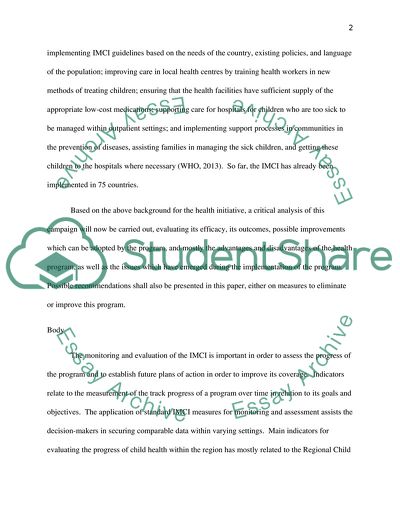Cite this document
(Health Promotion Initiative: Integrated Management of Childhood Term Paper - 1, n.d.)
Health Promotion Initiative: Integrated Management of Childhood Term Paper - 1. Retrieved from https://studentshare.org/social-science/1806469-health-promotion
Health Promotion Initiative: Integrated Management of Childhood Term Paper - 1. Retrieved from https://studentshare.org/social-science/1806469-health-promotion
(Health Promotion Initiative: Integrated Management of Childhood Term Paper - 1)
Health Promotion Initiative: Integrated Management of Childhood Term Paper - 1. https://studentshare.org/social-science/1806469-health-promotion.
Health Promotion Initiative: Integrated Management of Childhood Term Paper - 1. https://studentshare.org/social-science/1806469-health-promotion.
“Health Promotion Initiative: Integrated Management of Childhood Term Paper - 1”, n.d. https://studentshare.org/social-science/1806469-health-promotion.


